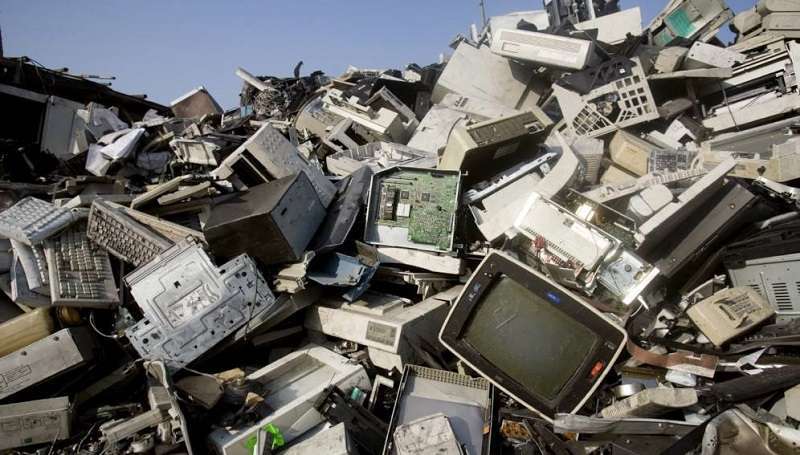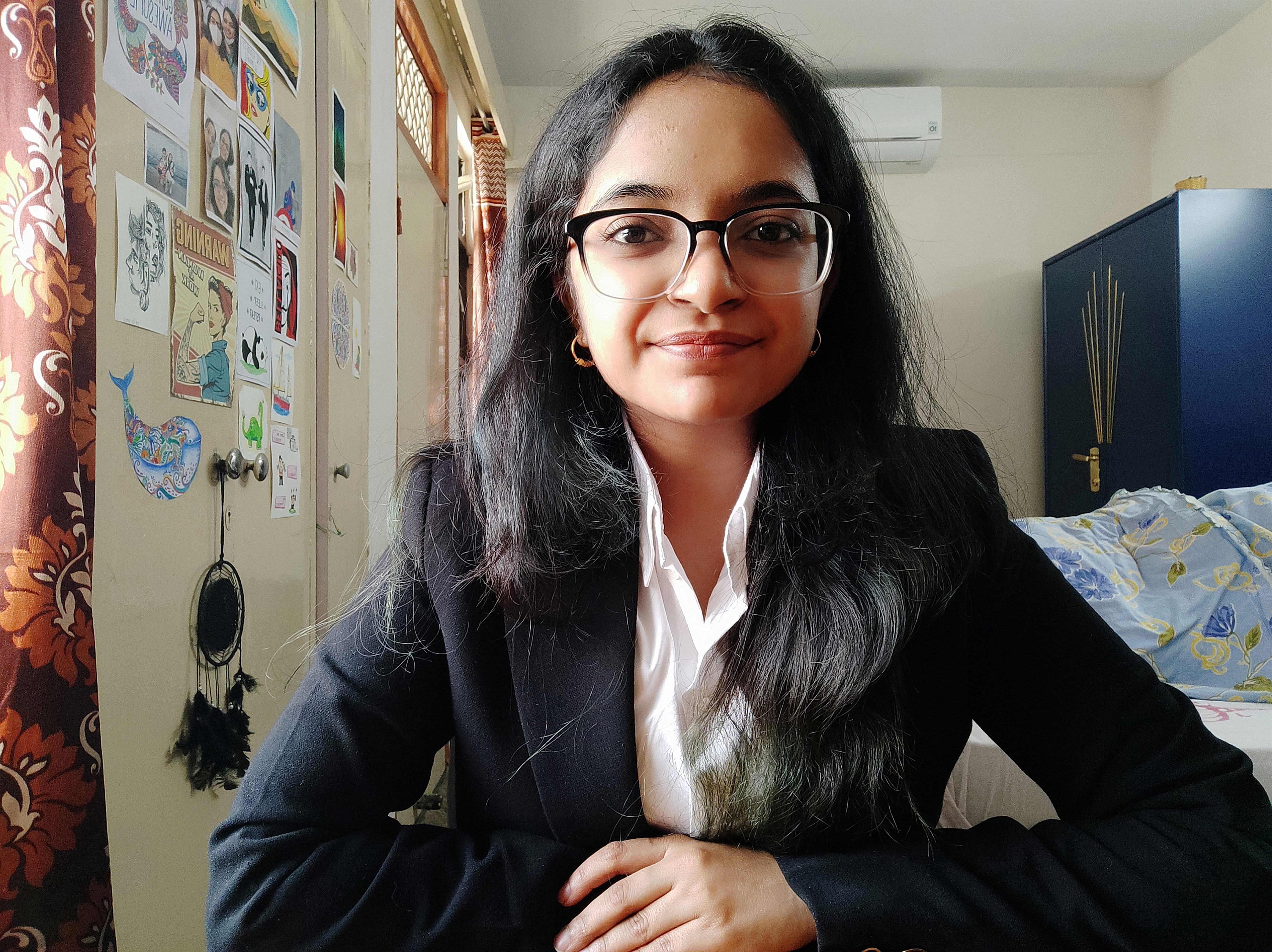WATER RESOURCE MANAGEMENT: A TAP STRATEGY
Water scarcity in India is an ongoing water
crisis that affects nearly 600 million people each year in addition to
affecting the huge rural and urban population. The water scarcity in India affects
extensively the ecosystem and agriculture.
India has only 4% of the world’s fresh water resources
despite a population of over 1.3 billion people. Agriculture alone
is responsible for 80% of the country’s water usage. Several large cities of
India have experienced water shortages in recent years, the Chennai was the most
affected city due to water shortage in 2019
and affected nearly 9 million people and resulted in the closure of several
hotels, restaurants and businesses. According to a report by the National Institution for Transforming
India (NITI Aayog), at least 21 major Indian cities,
including the capital New Delhi will
completely run out of groundwater by 2020. The report also noted that
approximately 200,000 people die in India each year due to the lack of access
to safe drinking water. In
June 2019, 65% of all reservoirs in India reported below-normal water levels,
and 12% were completely dry. Limited accessibility to water is a threat to the
people’s health. In June 2016, the count of health problems was observed in
Latur, with multiple people showing symptoms of fever, infection, dehydration,
vomiting, and kidney ailments. Water scarcity also threatens the lives of wild
animals across India. Water is essential to the popular occupation
of agriculture
in India. Much of the local economy and farming regions nearly
collapsed as the citizens were left with no choice but to use the polluted
water. This water scarcity reduced job opportunities in rural areas, which
pushed citizens to move in the urban areas in search of jobs and put a pressure
on large cities for the more demand of water.
Due to the lack of a
long-term water management plan, many of the country’s rivers either run dry like
Kaveri river crisis or have been polluted. Although one of the most important
river in India, Ganga is
also the one that is most severely polluted. The pollution mostly results from
untreated sewage from densely populated cities, garbage, industrial waste as
well as due to religious ceremonies through the drainage. This is affecting the
marine animals and depleting the water resources used for domestic and
industrial purpose and leading to water shortages. This eventually leads
citizens to rely on the polluted water and leads to the health problem due to
lack of safe drinking water and related infrastructure required for purifying
the water. From 2007 to 2017, the continued exploitation of groundwater caused
the groundwater level in India to decrease by 61 percent, according to the
Central Ground Water Board as India is world’s biggest groundwater user,
extracting nearly 251 bcm (billion cubic metre). According to the Central Water
Commission, even though climate change has resulted in a reduction in rainfall
and thereby the water supply, the country still receives enough rainfall to
meet the needs of over 1 billion people. However, India only catches only 8
percent of its annual rainfall due to poor rainwater harvesting. India has also
been lacking in the treatment of wastewater for reuse.
Approximately 80 percent of domestic wastewater is drained out as waste and
ends up flowing into other water bodies which lead to salt water sources such
as the Bay of Bengal and the Arabian Sea. Leakages in pipes is also observed in
Indian cities due to poor infrastructure resulting in loss of water and leading
to water shortage and there is need to control this leakage in order to save
the water. The is need for better water resource management solutions to be
adopted in India in order to get out of the water scarcity problem as shown
below,
1) Retrofit Water Conservation:
Retrofitting involves the replacement of
existing plumbing equipment with equipment that uses less water. Retrofit
programs are permanent, one-time conservation measures that can be implemented
with little or no additional cost over their lifetimes. In a regular tap, water
gushes out and most of it just passes our hands or bounces off our plates. In
the end, we have only used the water that touched our skin. Imagine billions of
gallons of fresh water running straight down the drain every day. The Altered: Nozzle a Dual Flow that is designed
for everyday efficiency and water conservation. That means saving water without
wasting time or losing functionality. Making it possible to give us 98% less
without loss. Full functionality with the spray Mode. If we need more, will
get it, just turn the handle and the spray mode will fill our glass instantly
and still saving 85% water as compared to the regular taps. This conservation
techniques will make a huge difference in saving the water in Urban as well as
rural areas.
2) Rainwater Harvesting:
Now
a days there is need to adopt the rainwater harvesting system in Indian cities in
order to collect each drop of rainwater that falls from the sky and stored
it for future use rather than allowing it to run off in to drains. There
are two method of rainwater harvesting either storing it into tanks or allowing
it to percolate in ground in order to increase the groundwater levels. Urban
local bodies and planners need to include this system in Development Control Regulations
and make regulations compulsory to Development/Redevelopment/Part Development
in town/cities to install rainwater harvesting system in order to collect and
percolate rainwater and used it in future during the water scarcity. Government
of India has launched new Jal Shakti Abhiyan in 2019, a water conservation
campaign requesting state governments to complete water conservation measures
for large scale rain water harvesting. Atal Bhujal Yojana was launched in 2019,
is an initiative to improve groundwater management launched by GOI under Jal Jeevan
Mission for the seven states where groundwater resources were depleting.
3) Water Reuse/Recycle:
Water Reuse/recycle or Water reclamation is nothing but recycling
wastewater that involves Greywater system and blackwater system. Greywater is
easier to treat and recycle than blackwater. Blackwater contains bacteria that
can cause disease. That’s why communities build wastewater treatment plants and
enforce laws against the release of raw sewage into the environment. Sewage
Treatment plant system are used to recycle blackwater. In recent years, there
has been growing interest in wastewater reuse as a major component of water resource
management. The provisions for Water reuse/recycle should be included in
Development Control Regulations by Urban Local Bodies and planners and made
mandatory to Development/Redevelopment/Part
Development in town/cities to install the system in order to reuse every
drop we waste for future use.
4) Leakage Control:
The Municipal Corporations/Councils/Gram Panchayats need to revive
and renew leakages that take place in water supply pipes which causes
unaccounted water supply and loss of water. The Atal Mission for Rejuvenation
and Urban transformation was launched in 2015 with a focus to establish the
robust sewage networks and water supply for urban transformation by taking
urban revival projects like leakage controls, housing connections, drainage
etc. Under this scheme the leakages can be repaired and control through Public
Private Partnerships so that water can saved.
5) Water Meters:
Water Metering at user
level is to measure each user’s consumption periodically in order to charge for
the service. The metering can have an influence on domestic water use,
industrial water use with reductions of up to 25% in areas that previously had
no metering. The main reason to use water metres is that citizen will use water
carefully without wasting it as they will have to pay for the water they use. The
Municipal Corporations/Councils/Gram Panchayats should mandate it to fix water
meters for households, industries and for agriculture purpose so that
unnecessarily wastage of water can be controlled and the water scarcity can be
controlled.
6) Trash Trapping Nets:
The drainage nets or trash trap should be placed to reduce the discharge of plastic waste from drainage systems. The nets are designed to prevent pollutants and solid waste, carried by stormwater from the local road network, from flowing into the natural reserves. The trash traps should place on the outlets of two drainage pipes, located between residential and natural areas. This kind of waste management was proven to be extremely cost-effective in Kwinana, Australia. Traps are relatively easy to install, and when they get full – they can be picked up with a crane. The collected waste can transport into a sorting facility, where the green waste will be converted into mulch, and recyclable/non-recyclable materials will get separated and the plastics recycled. Installing drainage nets will save the rivers from being polluted from the waste and the citizens can rely on the natural resources for using the water for drinking purpose.
Figure. Tap Strategy
Adopting this tap strategy like Retrofit water conservation, Rainwater harvesting, Water reuse/recycle, water metres, leakage control and drainage nets would definitely help to conserve water and save the rivers from being polluted. This would help to fill the gap between existing demand and supply and also cater the future requirement this is how we can achieve water resource management by using the resources effectively and efficiently. The Municipal Corporations/Councils/Gram Panchayats and planners need to focus on providing Water treatment plants in order to provide safe and clean drinking water free from germs for maintaining a good health of the citizens. This strategy would help India to achieve the sustainable development goal of access to water supply and safe drinking water.
Together We Will
Grow, Together We Will Build
Related Articles
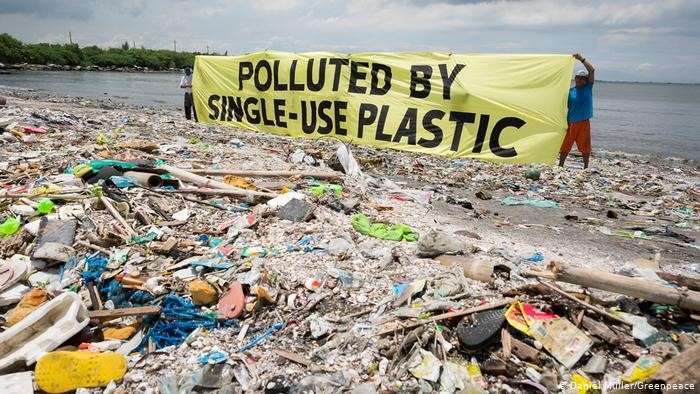
DISSOLVABLE PLASTIC: A SOLUTION TO POLLUTION

Housing Typologies and Characteristics
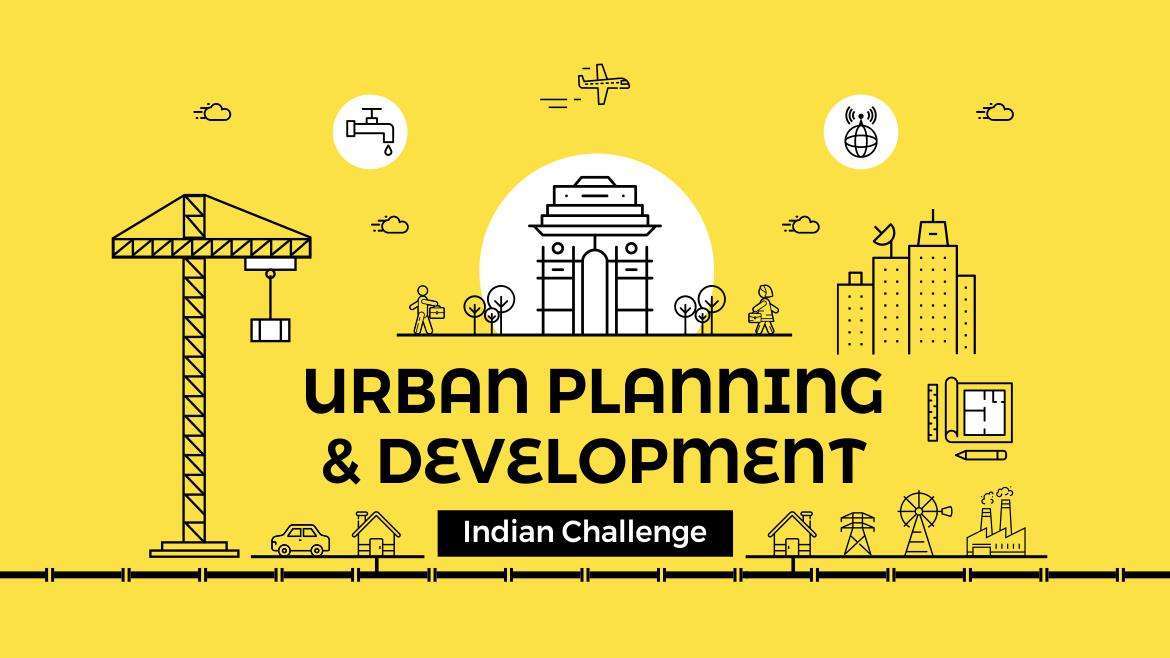
PLANNING IN INDIA
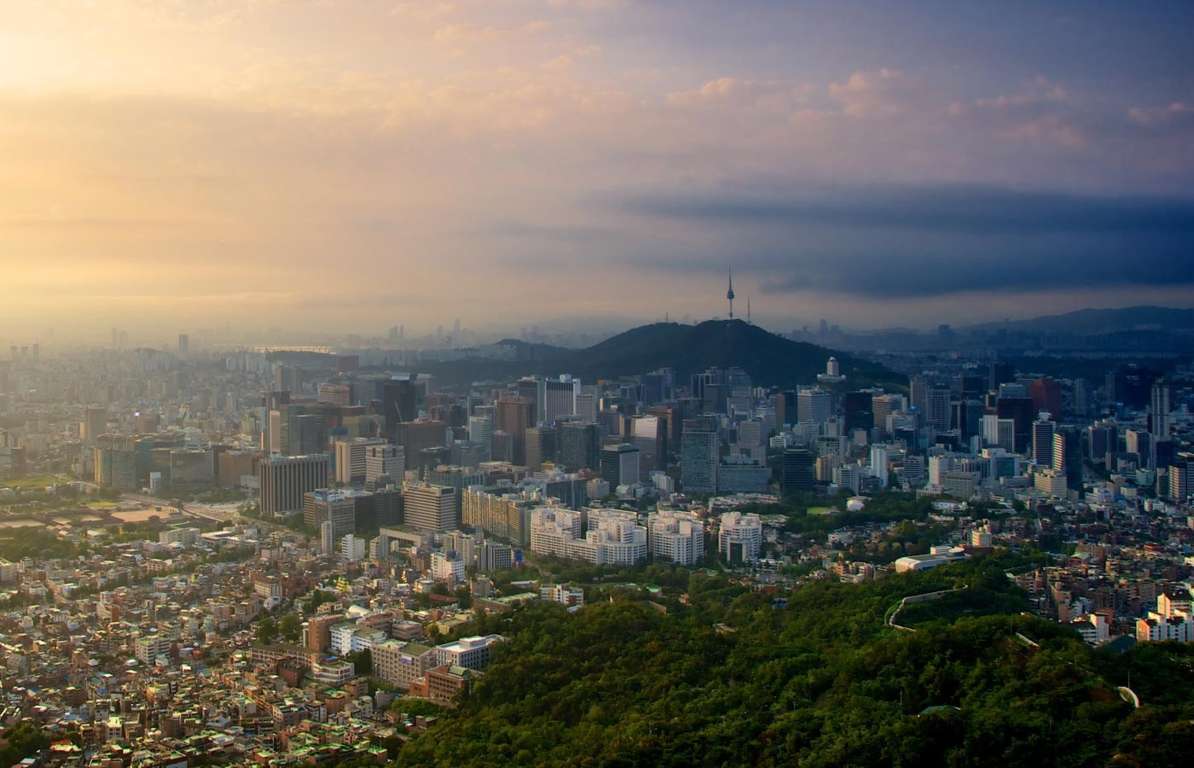
TACKLING ISSUES OF PERI-URBANISATION: A SMART REGION APPROACH
